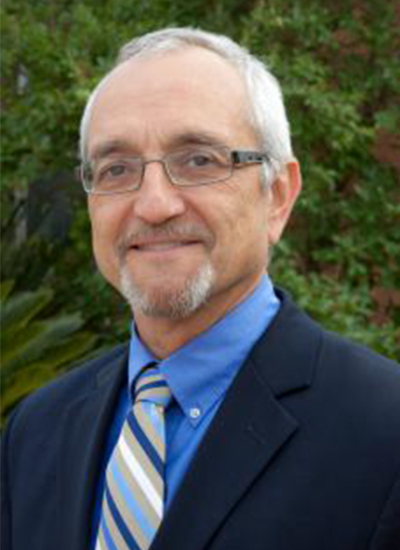Gene Giacomelli, PhD, is the director of the CEAC, or interdisciplinary education, research and outreach program for greenhouse and other advanced technology systems. Here at the University of Arizona, he teaches Controlled Environment Systems, which is an introduction to the technical aspects of greenhouse design, environmental control, nutrient delivery systems, hydroponic crop production, intensive field production systems, and post-harvest handling and storage of crops. His research interests include controlled environment plant productions systems (greenhouse and growth chamber) research, design, development and applications, with emphases on: crop production systems, nutrient delivery systems, environmental control, mechanization, and labor productivity.


